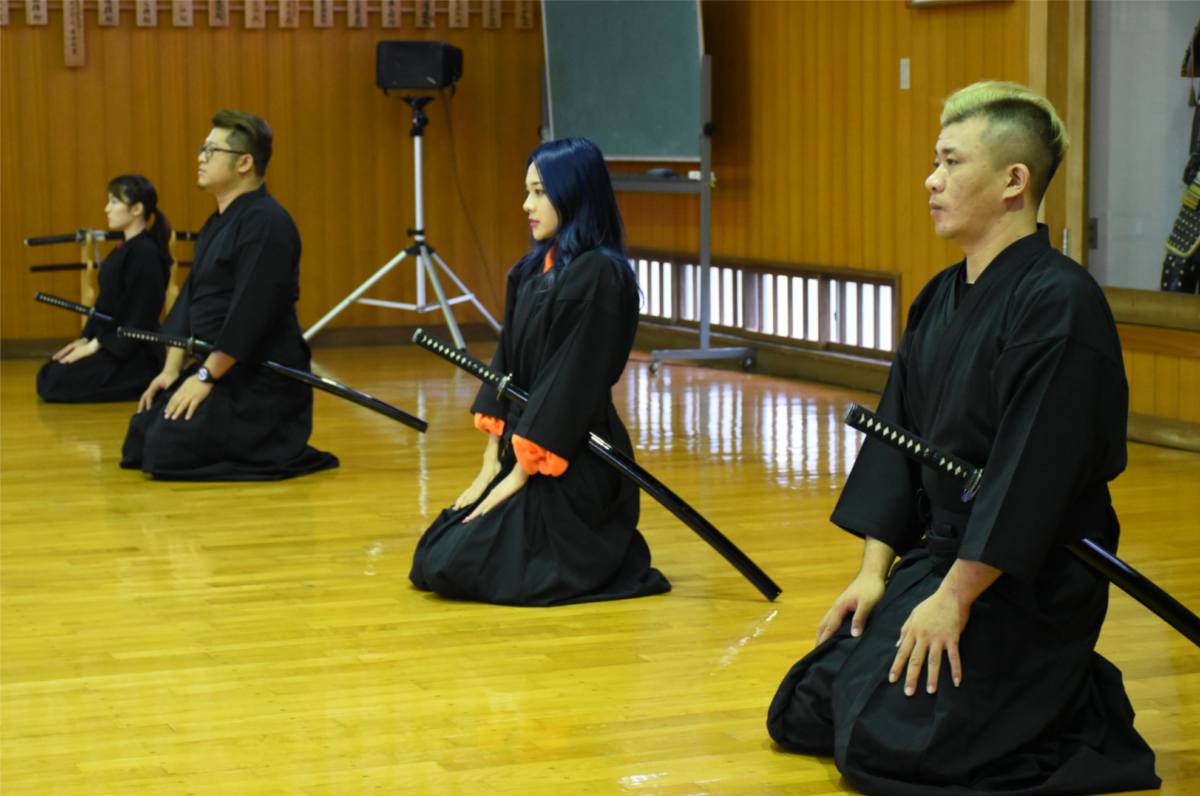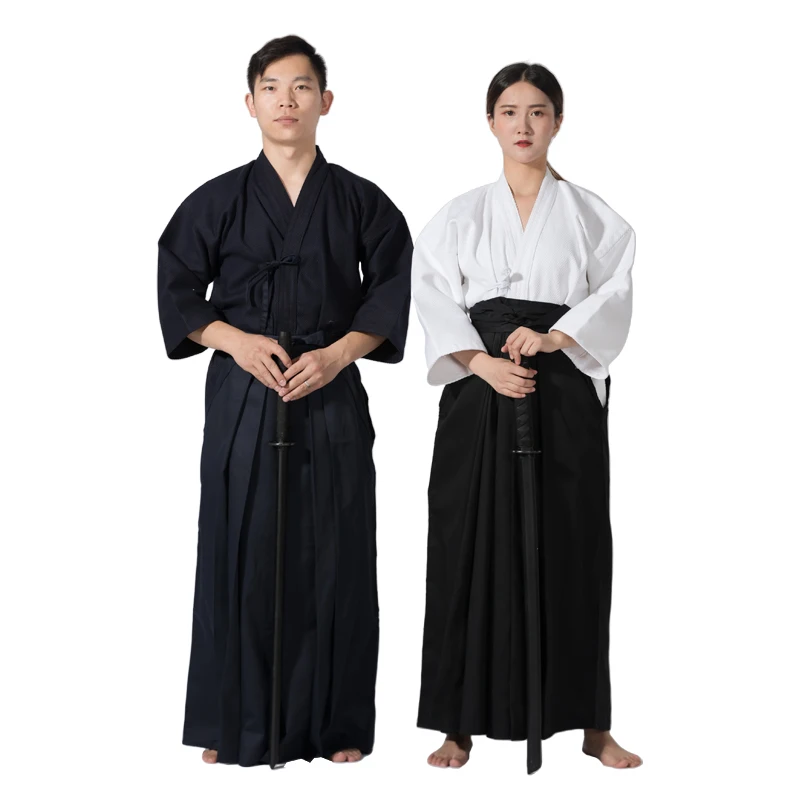

This demands intense concentration from the Iaidoka. The fact that there is no real adversary means the practitioner needs to be aware of where teki is at all times, and to focus his techniques accordingly. (There are also partner kata which I’ll mention in a moment). Iai kata are performed solitary against imaginary opponents, called kassoteki, or teki. Practically all kata have these fundamental parts in some combination or other, but may also include blocks, deflections, thrusts, and multiple cuts, depending on the scenario.

In virtually all schools of Iai, the kata/waza are composed of four essential elements.

These are the core teachings of the school and foundation of Iaido. Waza - The techniques, forms and kata of the Musō Jikiden Eishin-ryū school of Iai. They also, importantly contribute to the spirit of the practitioner, training them to develop endurance, perseverance, humility, dedication and more. These drills increase psychical conditioning, fitness, strength and improve body movement and co-ordination.
#Iaido training series#
It is comprised of a series of body weight and equipped drills. Tanren - This is physical conditioning as taught in feudal Japan. Training in Iai involves a number of distinct yet interrelated disciplines:
#Iaido training free#

#Iaido training how to#
In this section of the site I'll share with you a series of links below that will help you navigate the important aspects of Iai, the Japanese martial arts, the equipment and clothing, frequently asked questions, where and how to train, my recommended resource, philosophy and more. You can read more about that style and my first days in the dojo here) I am fortunate enough to train in a Koryū (古流) tradition (Koryū means "old martial ways" - the original martial arts of feudal Japan that pre-date modern arts like Kendo and Karate) of Musō Jikiden Eishin-ryū (無双直伝英信流). Today many of these ryu have been lost and died out, though some precious few remain. During the sixteenth century, when Japan was gripped by conflict and political upheaval, many hundreds of such styles – known as ‘ ryū’ – were practised. Iaido then is a term used to describe a wide variety of traditional styles of swordsmanship which trace their origins back as far as the fifteenth century. Loosely translated then, Iaido means being in harmony with one’s surroundings, always being prepared for any eventuality. Roughly, “ I” comes from Iru, to be Ai (as in Aikido) means coming together, harmony, or love and Dō means road, or Way (in the Buddhist sense). The word is comprised of 3 Japanese characters: i-ai-do. Each is dependant of a subjective translation as the word itself, like many Japanese martial concepts does not translate into English at all easily. The word itself has a number of meanings and interpretations. Iaido is the art of Japanese Swordsmanship. Iaido The Art of Japanese Swordsmanship By Paul 'Batman' O'Brien B.A., N.C.E.H.S., Dip.


 0 kommentar(er)
0 kommentar(er)
